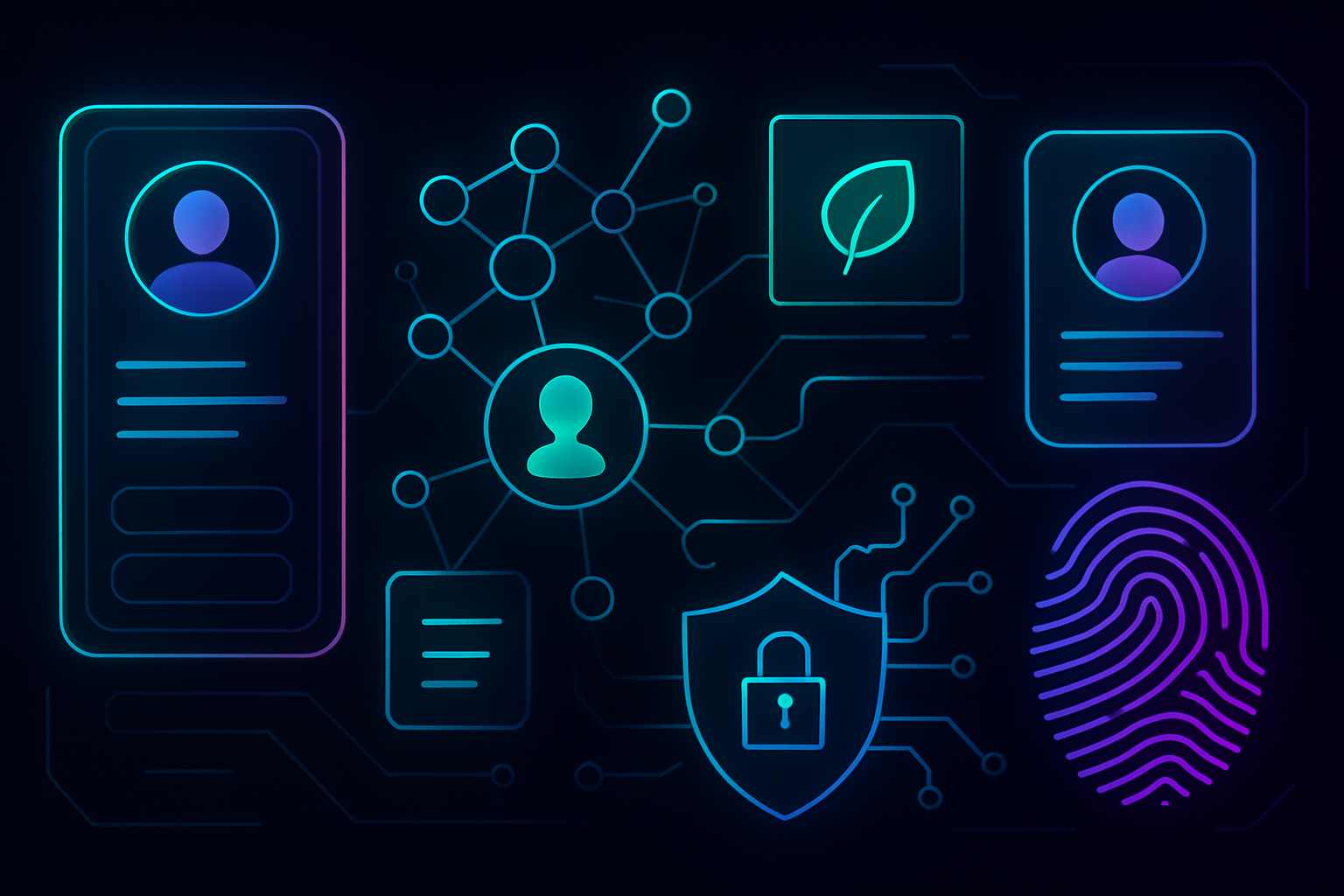
Decentralized social media is no longer a distant promise. Platforms like Farcaster and Lens Protocol are actively redefining how we connect, share, and own our digital identities. Where traditional Web2 platforms treat users as products and data as proprietary, these onchain social media platforms flip the model: your identity, your content, your rules. The result? A new era of wallet-based identity in Web3, composable social actions, and user-owned data social networks that empower individuals rather than corporations.

Redefining Identity: From Usernames to Wallets
The core innovation powering this shift is the move from centralized usernames to blockchain-based identity. On Farcaster, users register unique Farcaster IDs (fids) directly on Ethereum smart contracts. These fids are cryptographically linked to Ethereum addresses, giving users full sovereignty over their digital persona. This means no more worrying about losing your handle if a company pivots or shutters its service; your identity is portable and censorship-resistant.
Lens Protocol takes a different but equally radical approach by making user profiles into NFTs on Polygon. Each Profile NFT contains not just your name but also your followers and content history – all portable across any app that integrates Lens. This NFT-centric model ensures true ownership and interoperability across the decentralized social graph.
Onchain Social Actions: Turning Posts into Transactions
The most exciting evolution in this space is the arrival of onchain actions within the social feed itself. Farcaster’s “Frames” let developers embed interactive mini-apps directly inside posts – think NFT minting, DAO voting, or token swaps without ever leaving your timeline. These aren’t just gimmicks; they represent a fundamental upgrade in how we interact with content. Social posts become gateways to real economic or governance activity, all cryptographically secured.
Meanwhile, Lens Protocol’s “Open Actions” system lets developers attach custom smart contract calls to any publication. Imagine tipping creators, purchasing digital assets, or even launching a community token – all triggered by engaging with a post. Both approaches point toward a future where the boundaries between communication, commerce, and coordination blur into seamless user experiences.
Key Differences: Farcaster Frames vs. Lens Open Actions
-
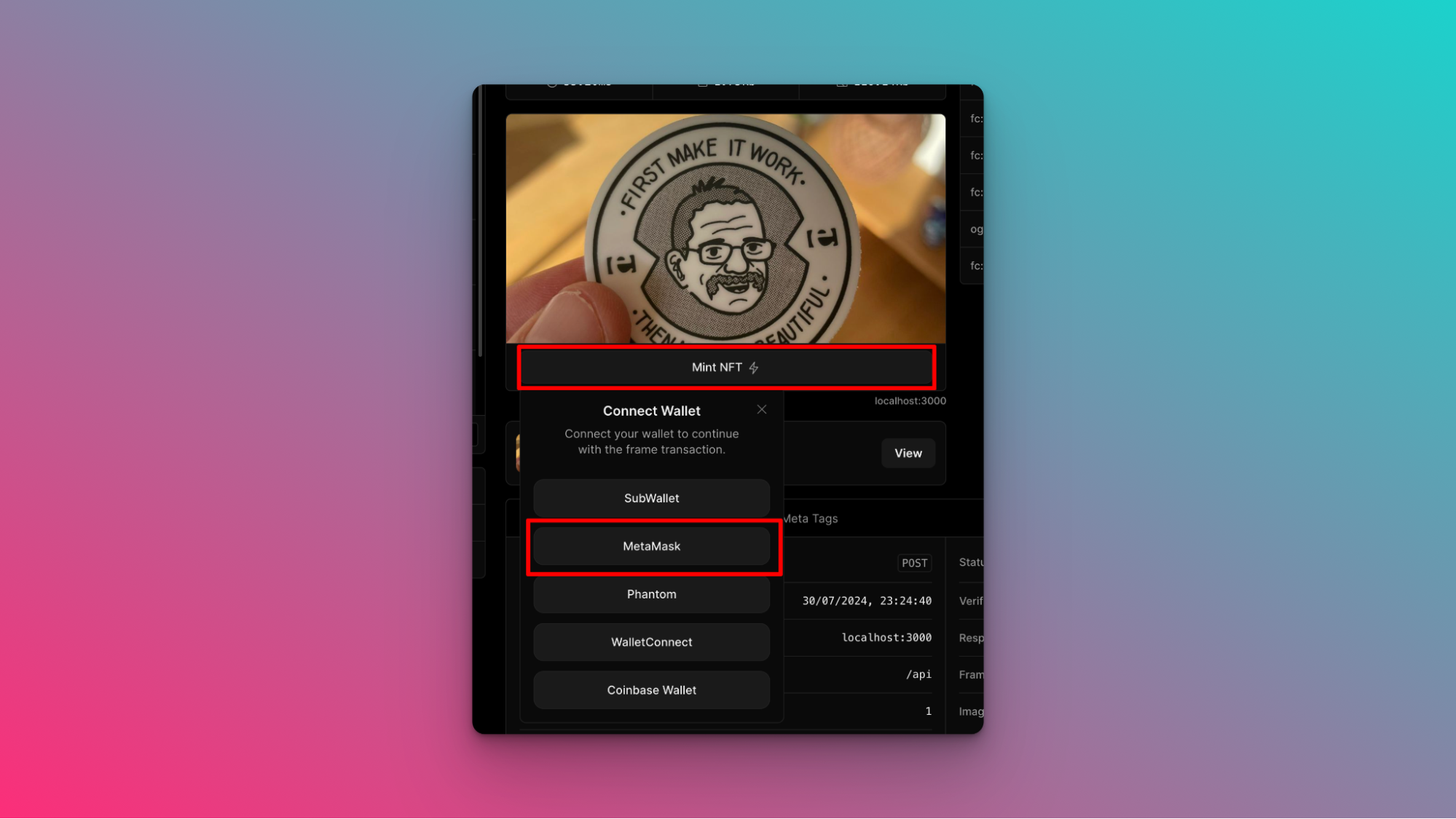
Architecture Integration: Farcaster Frames are embedded mini-apps within posts, leveraging Farcaster’s hybrid on-chain/off-chain architecture for fast, scalable interactions. Lens Open Actions are integrated directly into the Lens Protocol’s on-chain, NFT-centric ecosystem, ensuring all actions are recorded on Polygon.
-
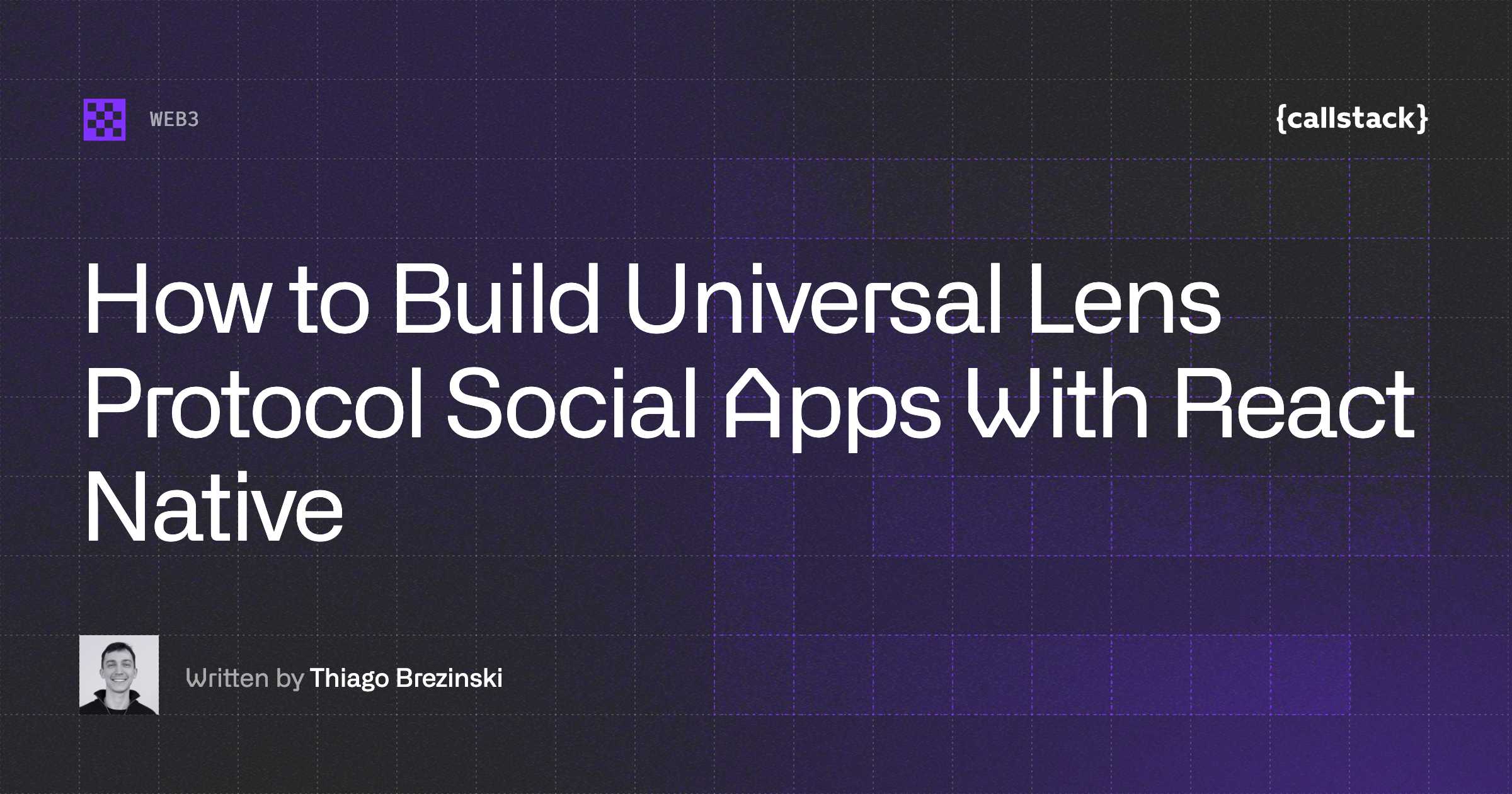
Developer Flexibility: Frames allow developers to create interactive, customizable experiences (e.g., NFT minting, voting) that run off-chain but can trigger on-chain events. Open Actions require on-chain smart contract deployment, offering composability but demanding more on-chain logic and cost considerations.
-
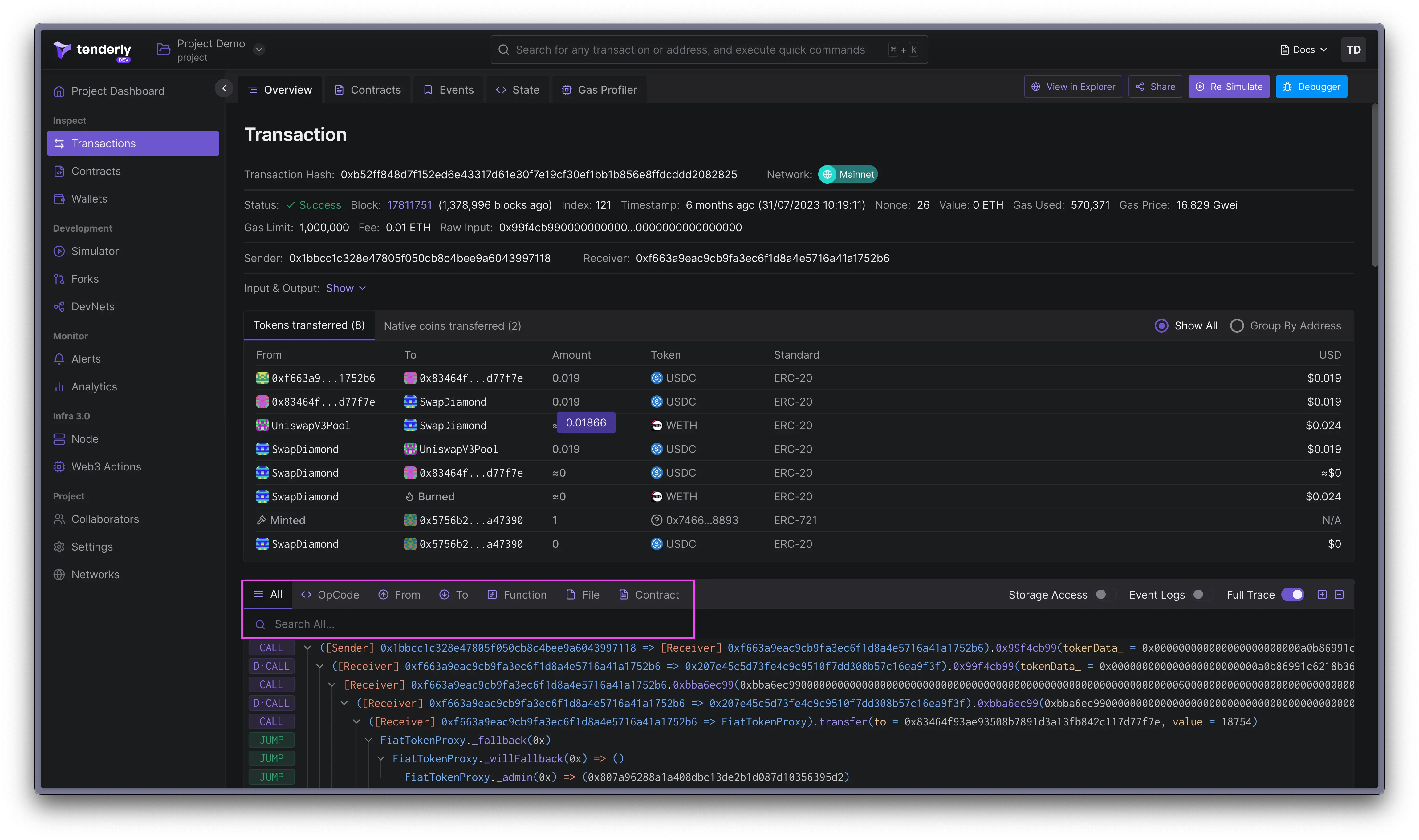
Execution Flow: Frames process user input off-chain and only interact with the blockchain when necessary, optimizing for speed and user experience. Open Actions execute entirely on-chain, making every interaction transparent and verifiable but potentially slower and subject to Polygon network fees.
-
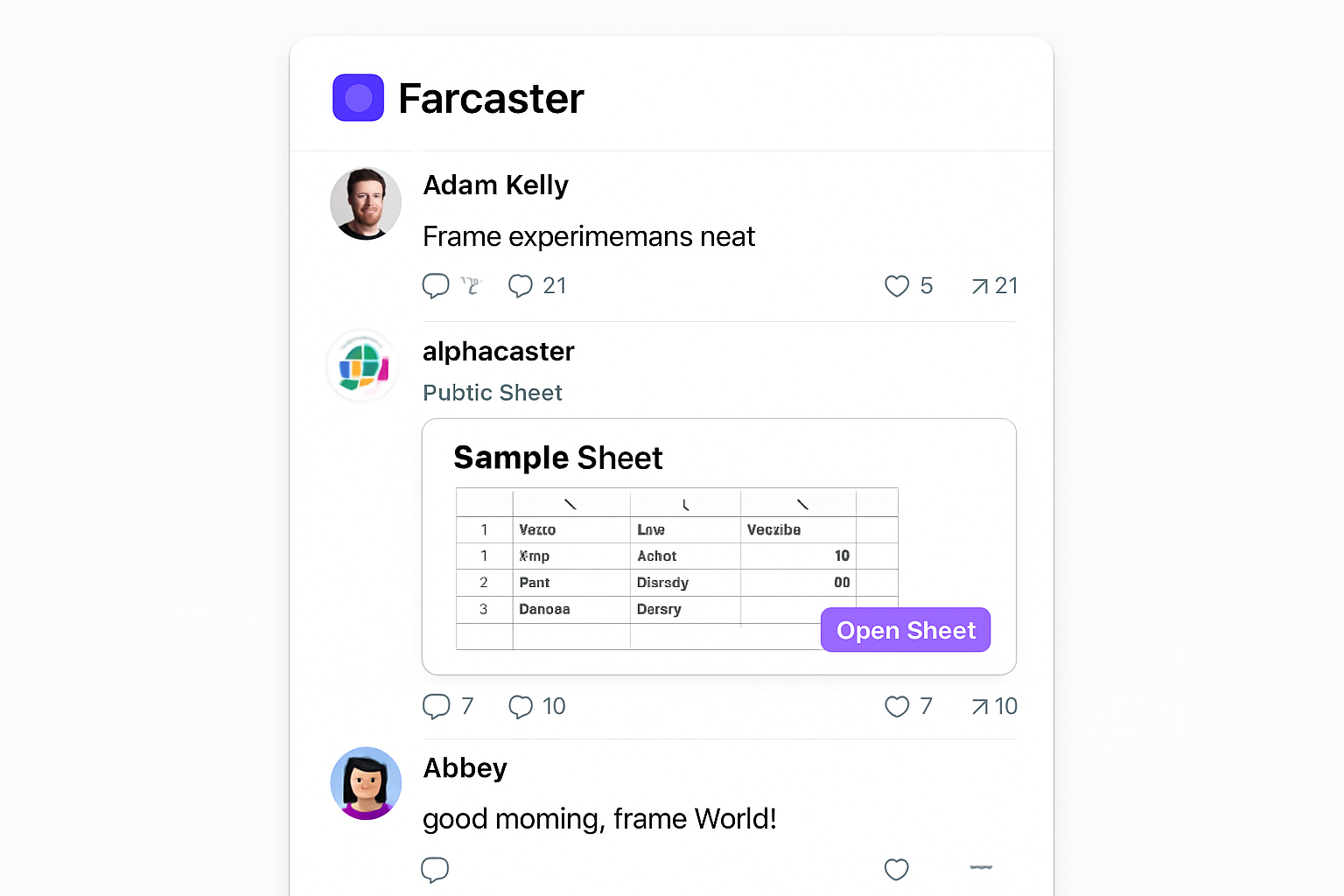
User Experience: Frames provide seamless, app-like interactions directly in the social feed, with minimal friction and instant feedback. Open Actions are surfaced as buttons within Lens publications, requiring wallet confirmation for each on-chain action, which may introduce extra steps for users.
-
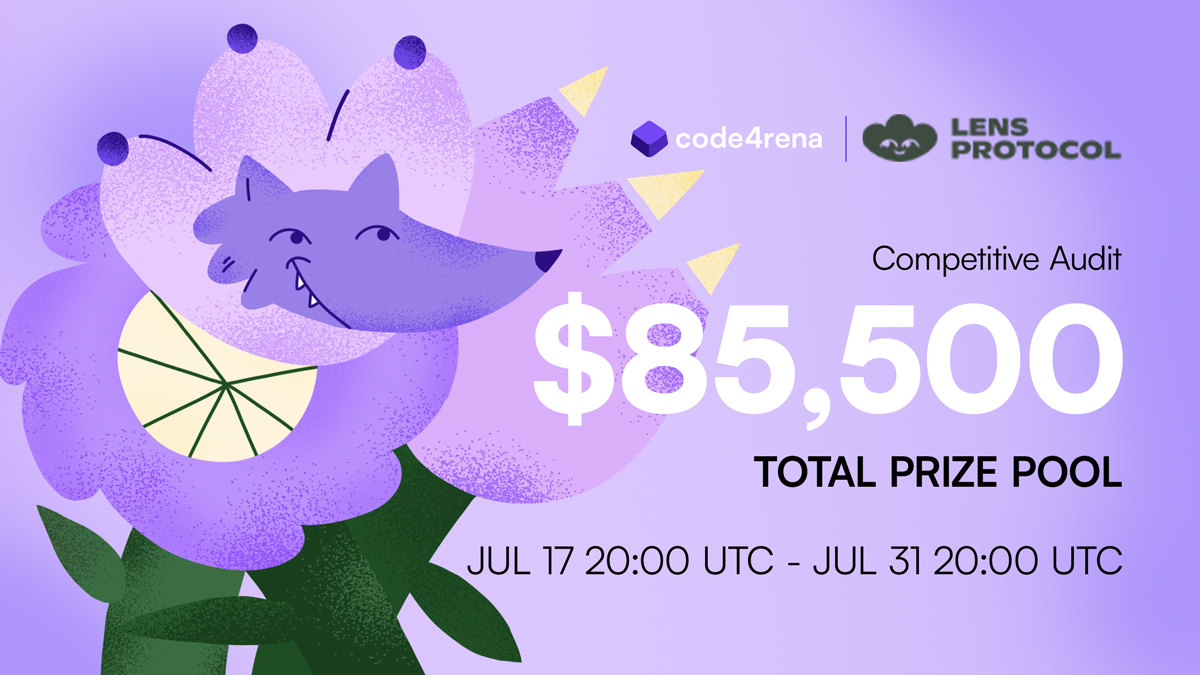
Composability and Interoperability: Lens Open Actions are fully composable with other Lens modules and NFT-based social primitives, enabling deep integration across the Lens ecosystem. Farcaster Frames are more platform-specific, designed to enhance Farcaster’s feed but less portable across other protocols.
User-Owned Data: Portability, Privacy, and Power
One of the most compelling advantages of these protocols is their unwavering commitment to user-owned data. On Farcaster, all identity registration happens on chain while actual messages propagate through decentralized Hubs – ensuring speed without sacrificing control. Users can migrate between compatible apps without losing followers or history. Lens Protocol’s NFT-based model goes even further by making every connection (follows, collects) an asset you truly own.
This architecture unlocks new models for decentralized social rewards: both protocols enable direct monetization of engagement via native tokens or NFTs. Instead of relying on ad-driven revenue that exploits attention, creators can now earn value directly from their audience – aligning incentives for healthier communities.
Interoperability is another game changer. Because your social graph and data are onchain, you’re not locked into a single app or interface. If a new client or aggregator launches, your identity and connections travel with you. This is a stark contrast to legacy platforms, where leaving means starting from scratch. The modular architecture of these protocols encourages experimentation and competition among frontends, ultimately benefiting users with richer features and better privacy guarantees.
Privacy is also taking center stage as both protocols evolve. Farcaster’s hybrid model keeps sensitive interactions off-chain but under your control, while Lens Protocol’s NFT-based design lets users decide exactly which pieces of their social activity are public or portable. The result: fewer data leaks, less surveillance, and more agency for the individual.
Decentralized Social Rewards: Aligning Incentives for Creators and Communities
The shift to user-owned identity and onchain actions isn’t just technical, it’s economic. Farcaster and Lens Protocol both enable new models for decentralized social rewards, where value flows directly between participants rather than through platform middlemen. For example, creators can issue NFTs or tokens as perks for engagement, while communities can coordinate funding or governance transparently via smart contracts.
- Farcaster: Utilizes native tokens to reward participation and activity.
- Lens Protocol: Monetizes content via NFT sales and direct tipping.
- Both: Allow seamless migration of reputation and assets across apps.
This direct incentive alignment is already attracting developers and creators seeking sustainable alternatives to ad-driven business models. As these ecosystems mature, expect to see even more advanced mechanisms, like quadratic funding or programmable royalties, unlocking new possibilities in social finance (SocialFi).
The Road Ahead: What’s Next for Onchain Social?
The momentum behind onchain social media platforms is undeniable. With Farcaster charging a modest yearly $5 fee for hosting user data and Lens Protocol deploying a hybrid revenue model (including a 5% fee on certain actions), the economics are transparent, and users know exactly what they’re paying for. These price points reflect the protocols’ commitment to sustainability without sacrificing accessibility (source).
The next phase will likely see deeper integration with DeFi, DAOs, and other Web3 primitives, blurring the line between social interaction and financial coordination even further. Developers will continue experimenting with new forms of expression (think: composable memes, dynamic NFTs) while users reap the benefits of true digital ownership.
Top Emerging Use Cases for Wallet-Based Identity in Web3 Social
-
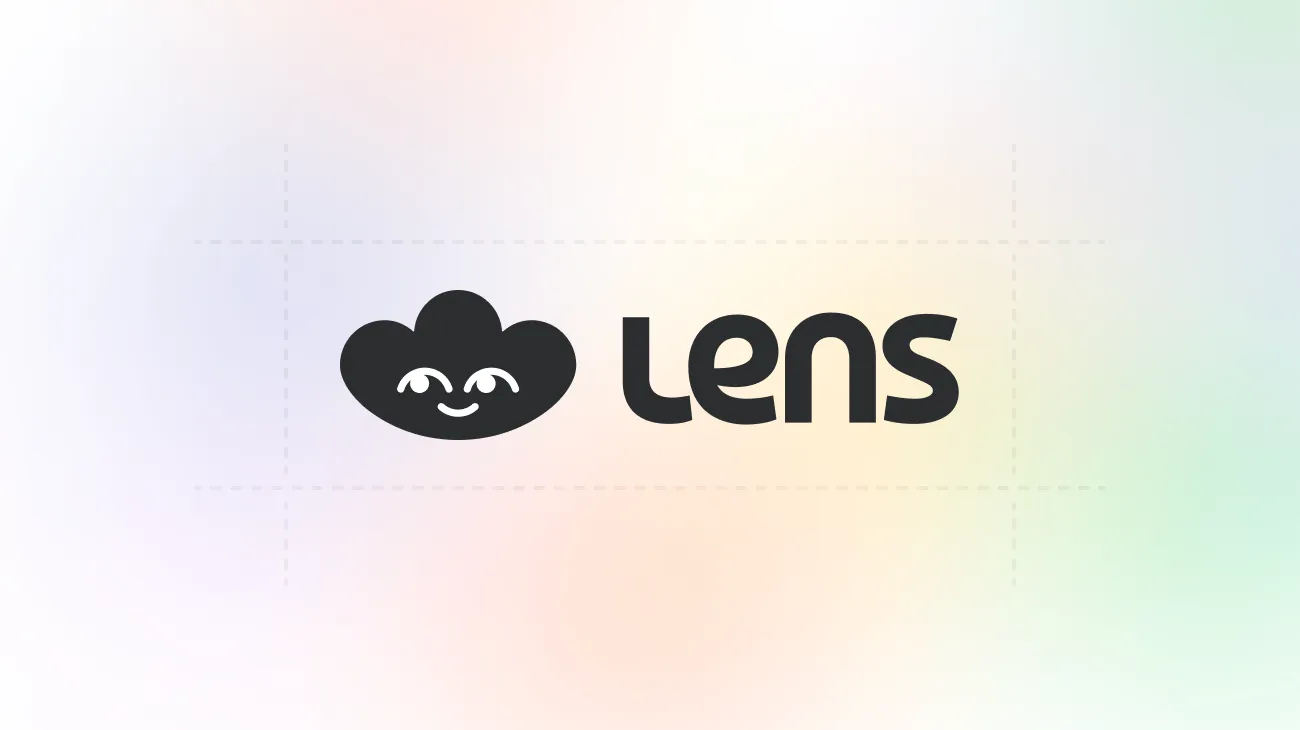
Seamless Profile Portability Across Apps: Both Farcaster and Lens Protocol enable users to carry their social profiles, followers, and content across multiple decentralized applications by linking identity to a wallet address or Profile NFT. This eliminates platform lock-in and empowers true user-owned identity.
-
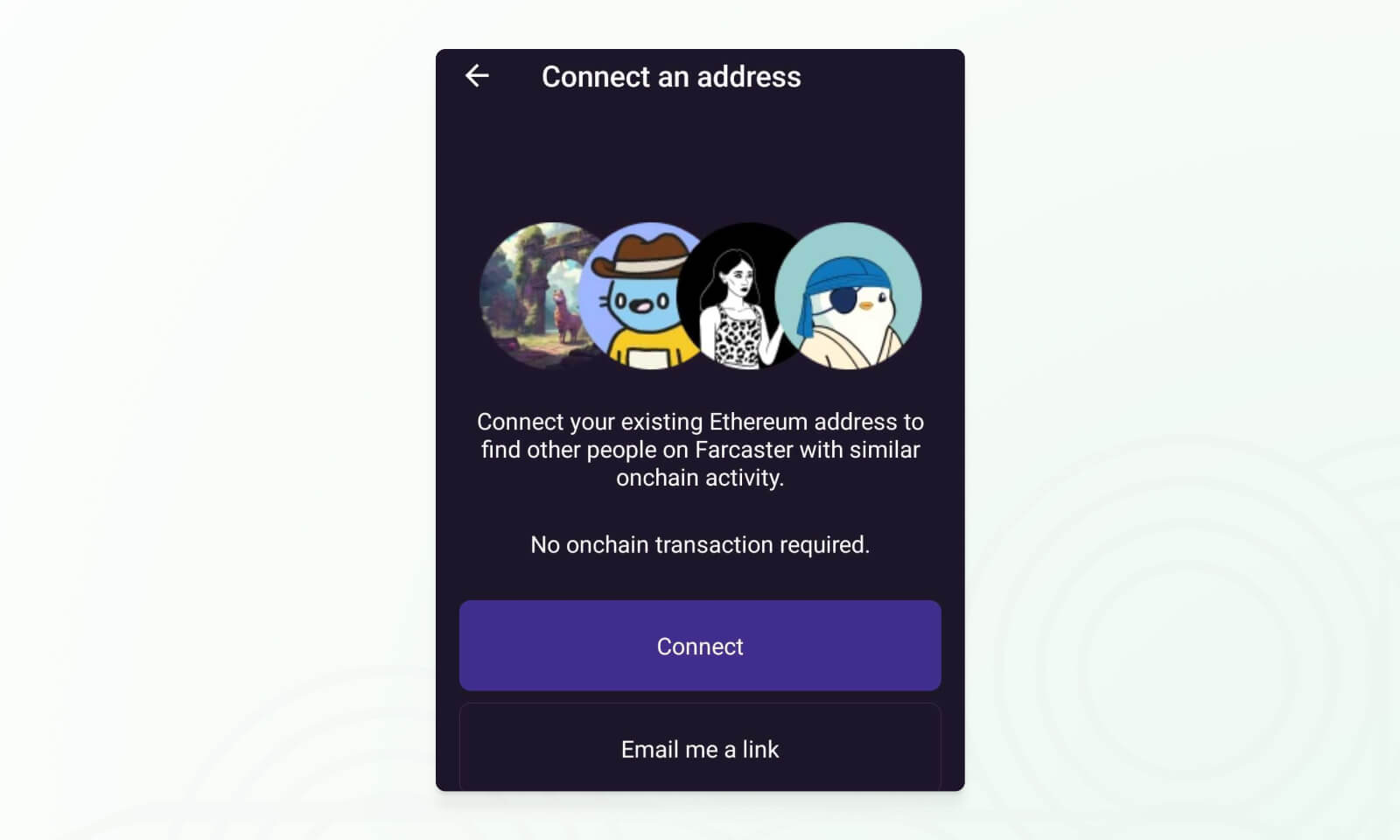
On-Chain Social Actions via Embedded Mini-Apps: Farcaster Frames and Lens Open Actions allow users to mint NFTs, vote, or make payments directly from their social feed. These interactive features turn posts into actionable interfaces, letting users engage in on-chain activities without leaving the platform.
-
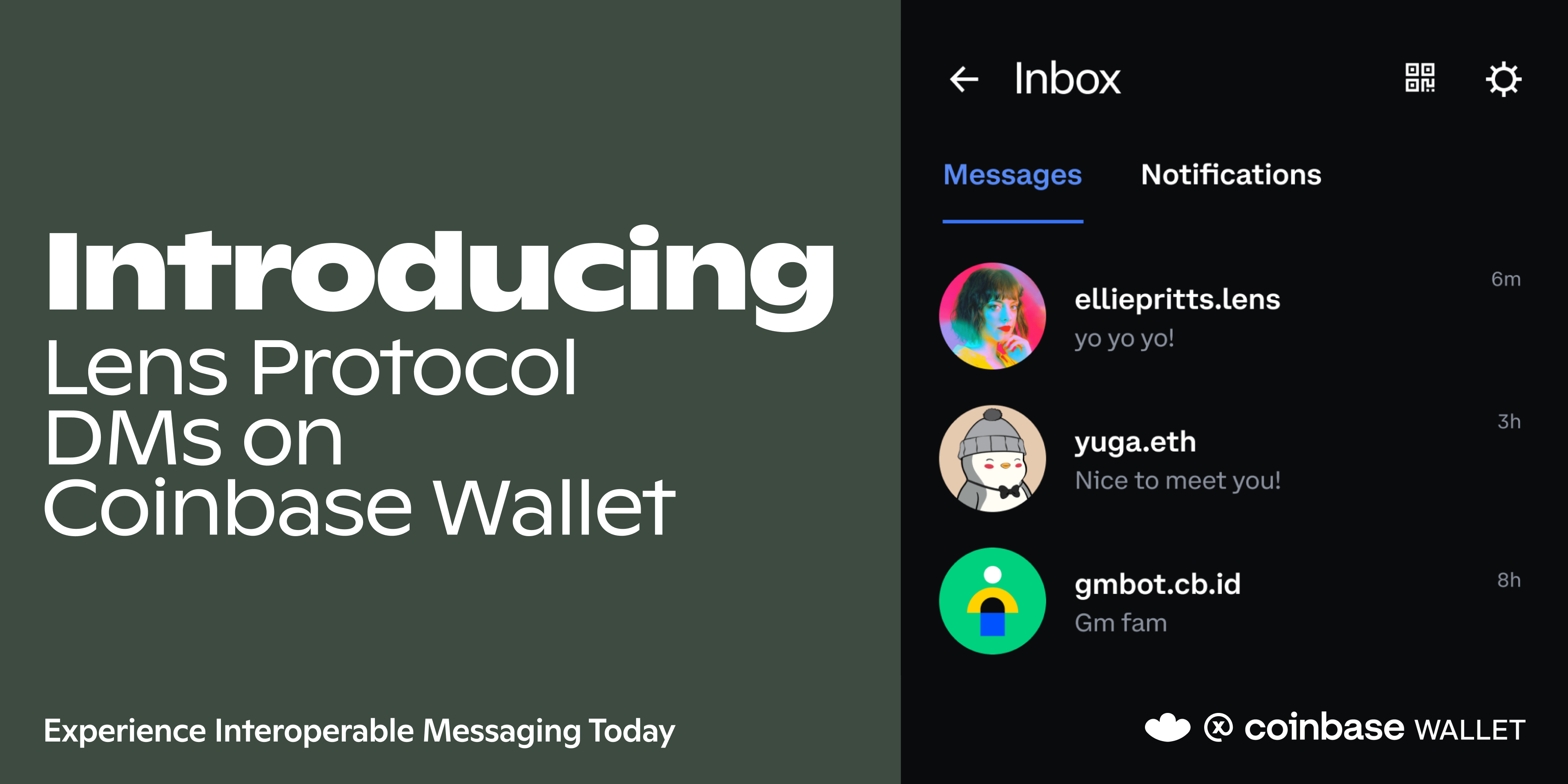
Decentralized Content Monetization: With Lens Protocol, creators can mint their content as NFTs and set custom monetization rules, enabling direct earnings from their audience. This model bypasses traditional intermediaries and gives users full control over revenue streams.
-
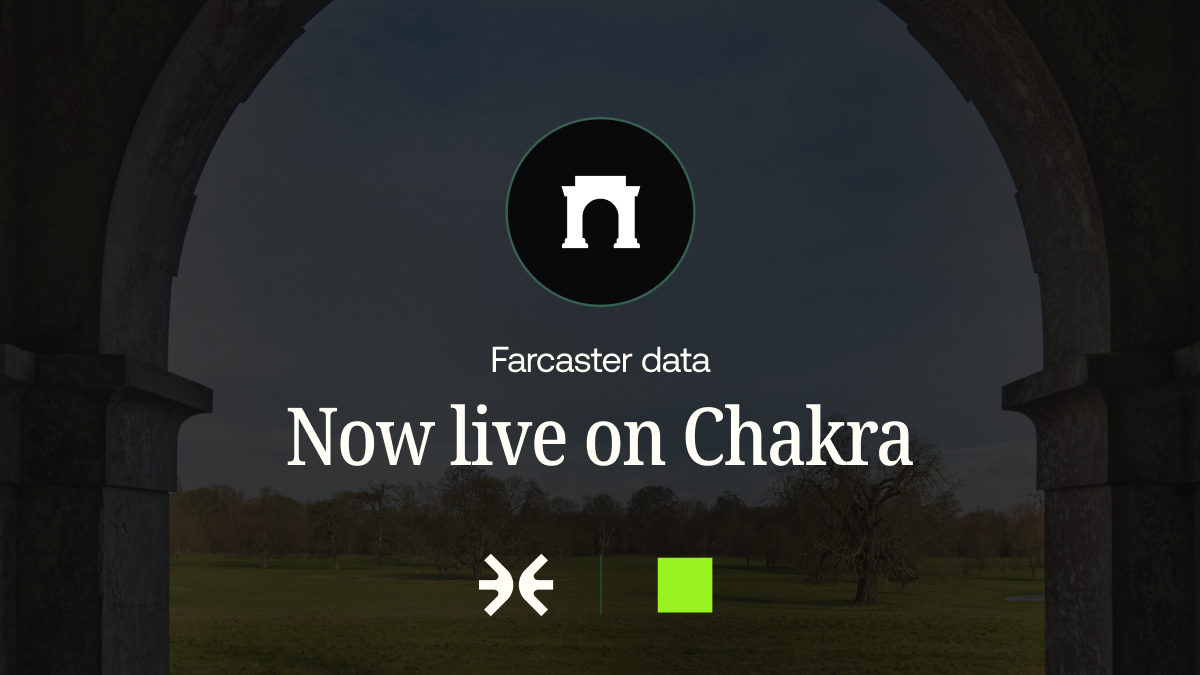
User-Owned Social Graphs and Data Sovereignty: Farcaster stores user identities and social graphs on-chain, while social interactions are handled by decentralized Hubs. This ensures users retain ownership of their connections and data, allowing migration between apps without losing social capital.
-
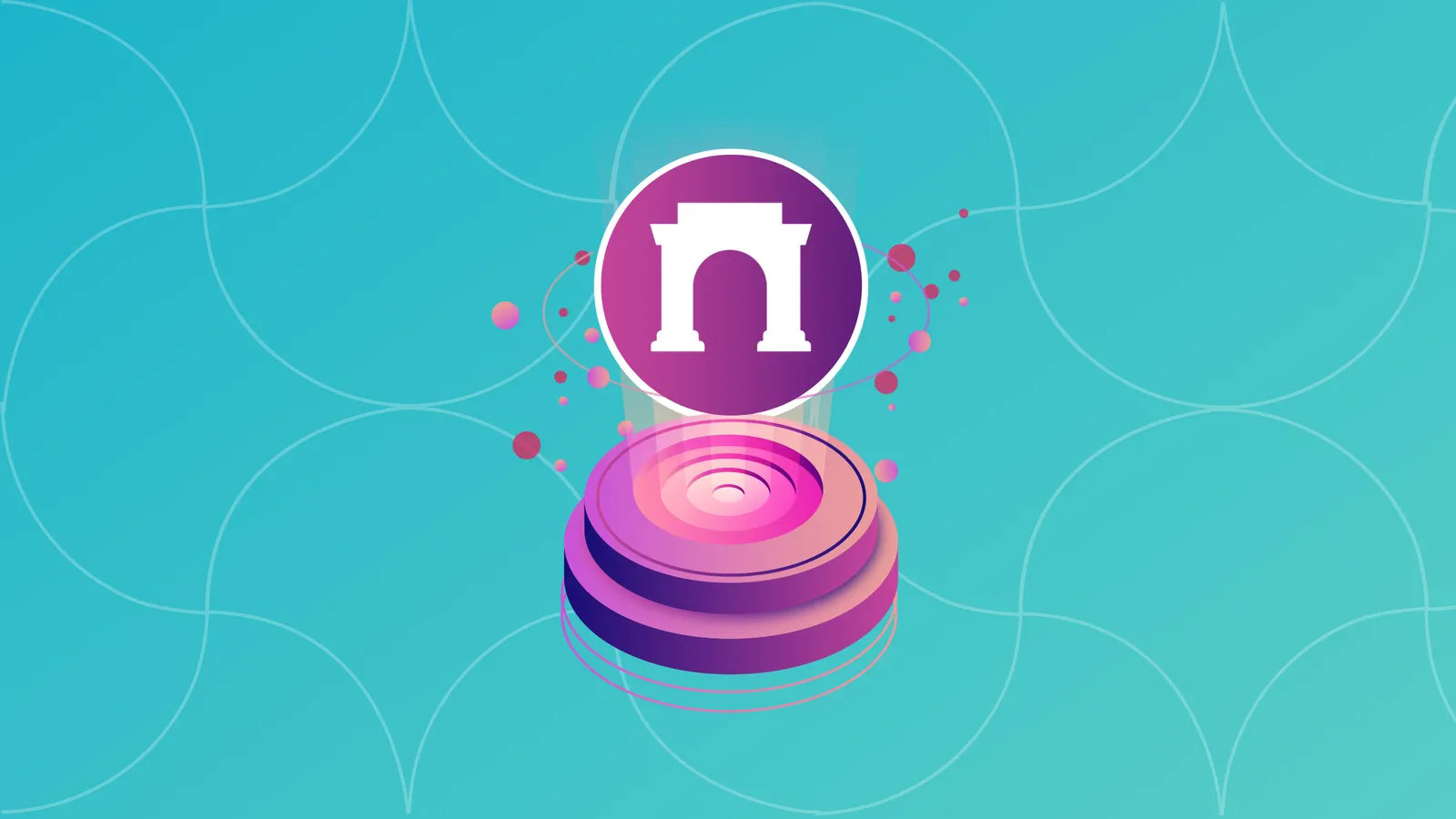
Resilience Against Censorship and Deplatforming: By anchoring identity and social actions to on-chain records, both protocols make it difficult for centralized entities to censor content or deplatform users. Users maintain control of their profiles and connections, fostering a censorship-resistant social environment.
If you’re building in this space, or simply curious about where online community is headed, now’s the time to explore what Farcaster, Lens Protocol, and their growing ecosystems have to offer. Patterns repeat, but this time, users hold the keys.






